 |
 |
 |
 |
 |
 |
|
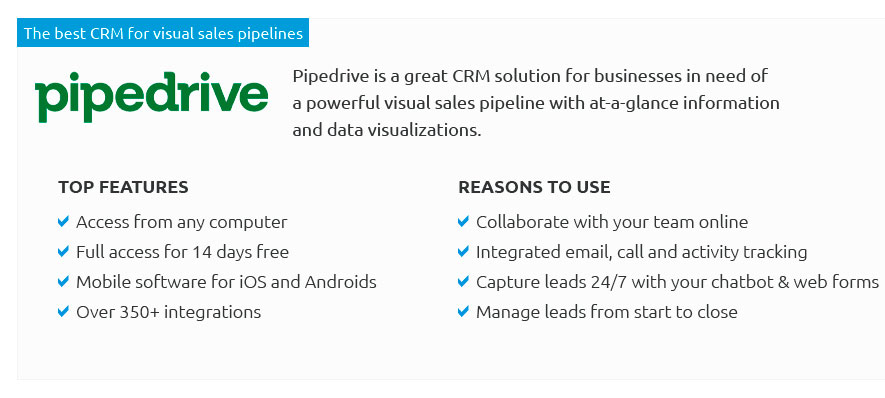 |
|
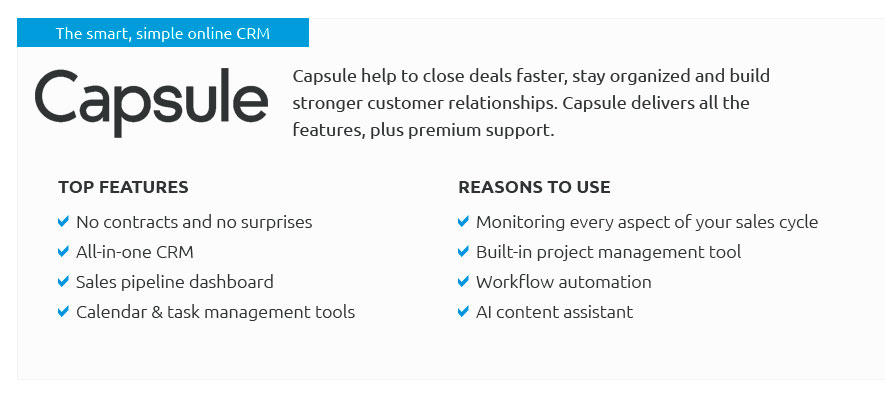 |
|
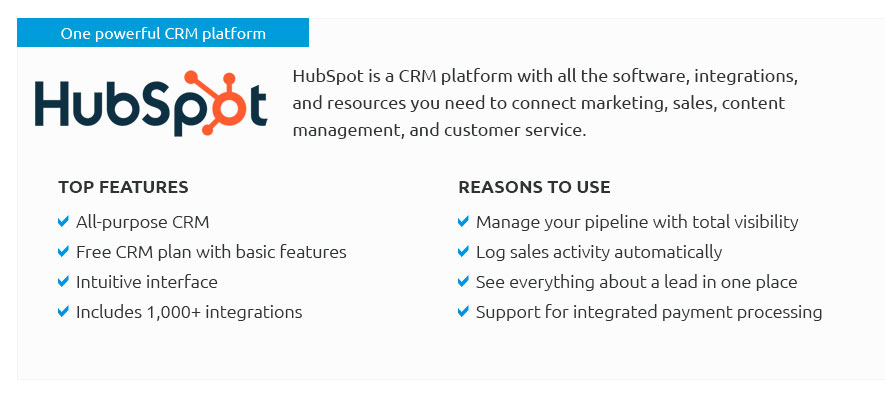 |
|
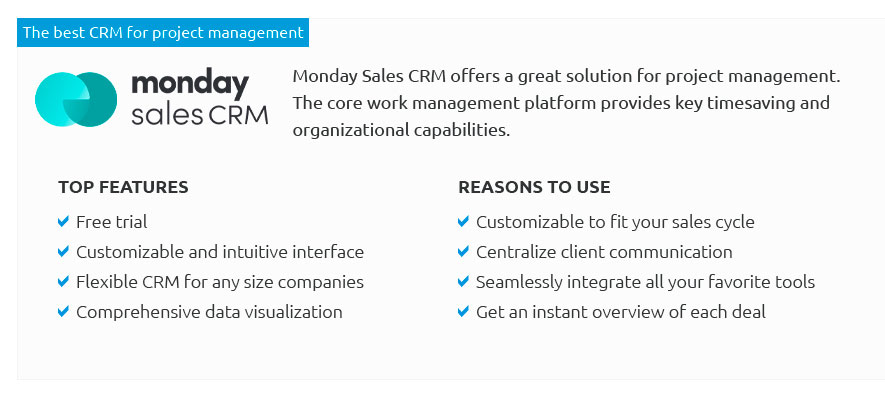 |
|
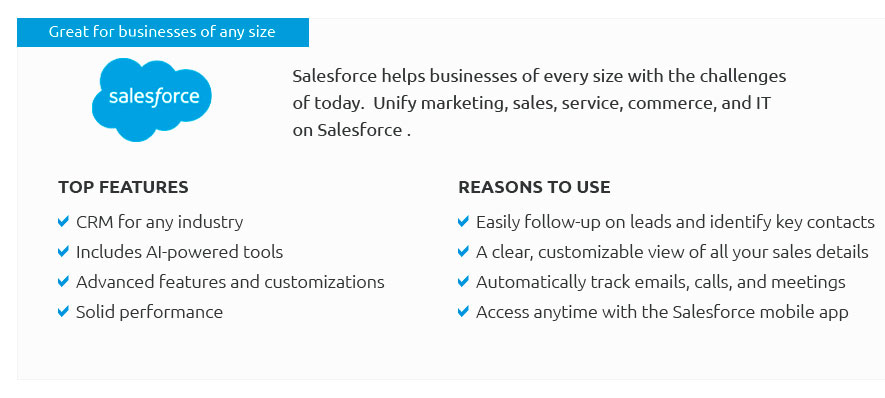 |
|
 |
 |
|
bn70o44xsv Understanding the Order Fulfillment Process Flow Chart for Streamlined OperationsThe order fulfillment process flow chart is an essential tool for businesses seeking to optimize their operations. By providing a visual representation of each step, it aids in identifying bottlenecks and improving efficiency. Key Components of an Order Fulfillment ProcessThe order fulfillment process is a comprehensive system that ensures customer satisfaction by delivering products accurately and on time. Order Receipt and ProcessingOnce an order is placed, it is received and processed. This step involves verifying order details and preparing it for the next stages.
Inventory ManagementEfficient inventory management is crucial. It involves tracking stock levels and ensuring availability. Website go live checklist can help ensure that your online systems are ready for seamless order processing. Packing and ShippingAfter processing, the order is packed and shipped to the customer. This step includes:
Benefits of Using a Flow ChartImplementing an order fulfillment process flow chart has numerous advantages:
Understanding these benefits can also assist in refining other business processes, such as your software sales pipeline. Common Questions About Order FulfillmentWhat is the purpose of an order fulfillment process flow chart?An order fulfillment process flow chart helps businesses visualize and streamline the steps involved in fulfilling customer orders, improving efficiency and reducing errors. How does inventory management affect order fulfillment?Effective inventory management ensures that products are available when needed, preventing delays and enhancing customer satisfaction. Can a flow chart help in reducing order processing time?Yes, by clearly outlining each step, a flow chart can help identify and eliminate bottlenecks, thereby reducing processing time. https://online.visual-paradigm.com/diagrams/templates/flowchart/order-fulfillment-flowchart-/
The Order Fulfillment Flowchart is a visual representation of the steps involved in the process of fulfilling customer orders. It begins with the customer ... https://fabric.inc/blog/product/order-management-process-flow-chart
On your flow chart, the basic steps for fulfilling customer orders include accepting, fulfilling, and resolving customer orders. To help you ... https://www.edrawmind.com/templates/order-fulfillment-process-template.html
Please note that the shapes in this flow chart are different. Two distinct ...
|